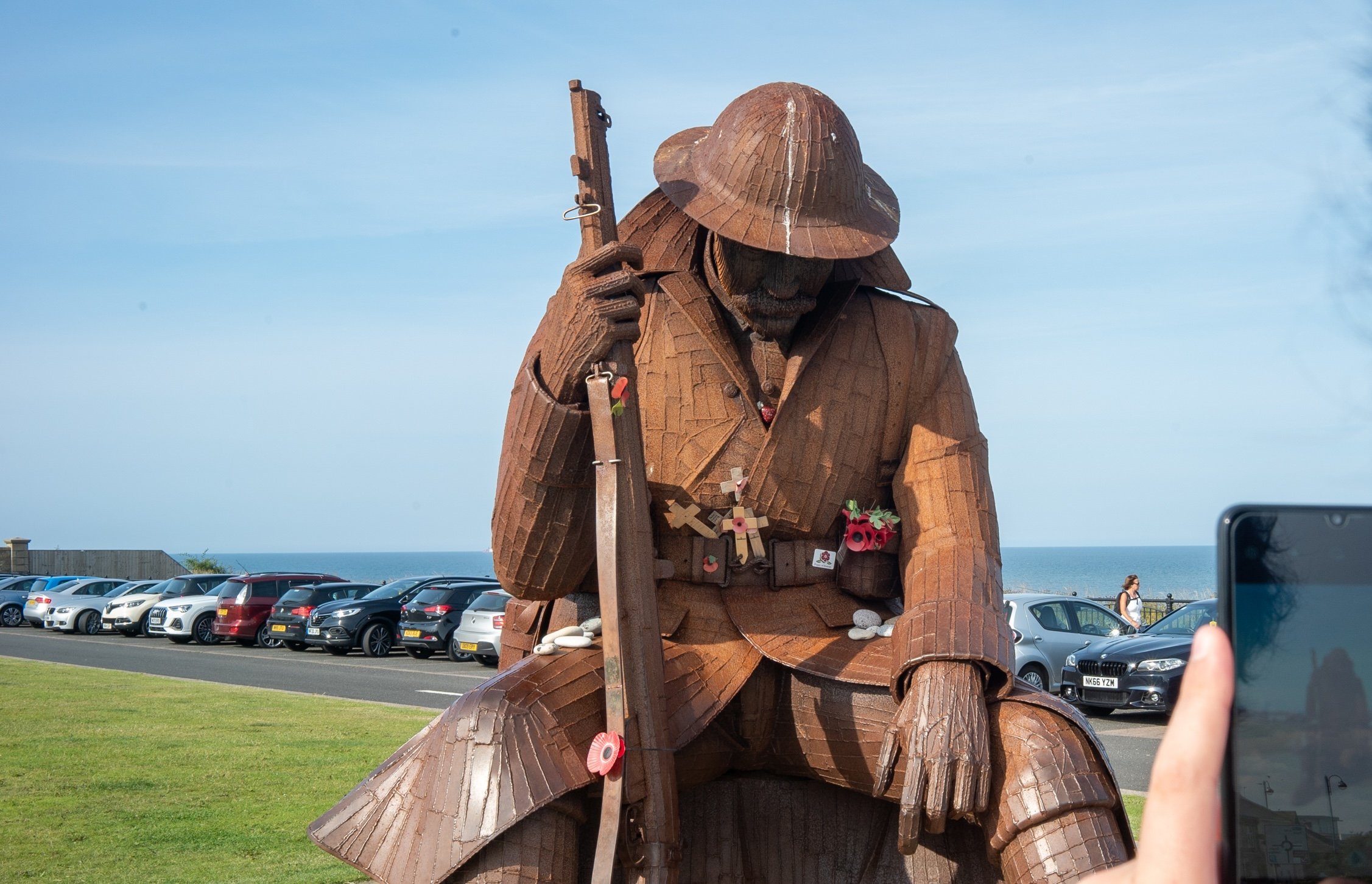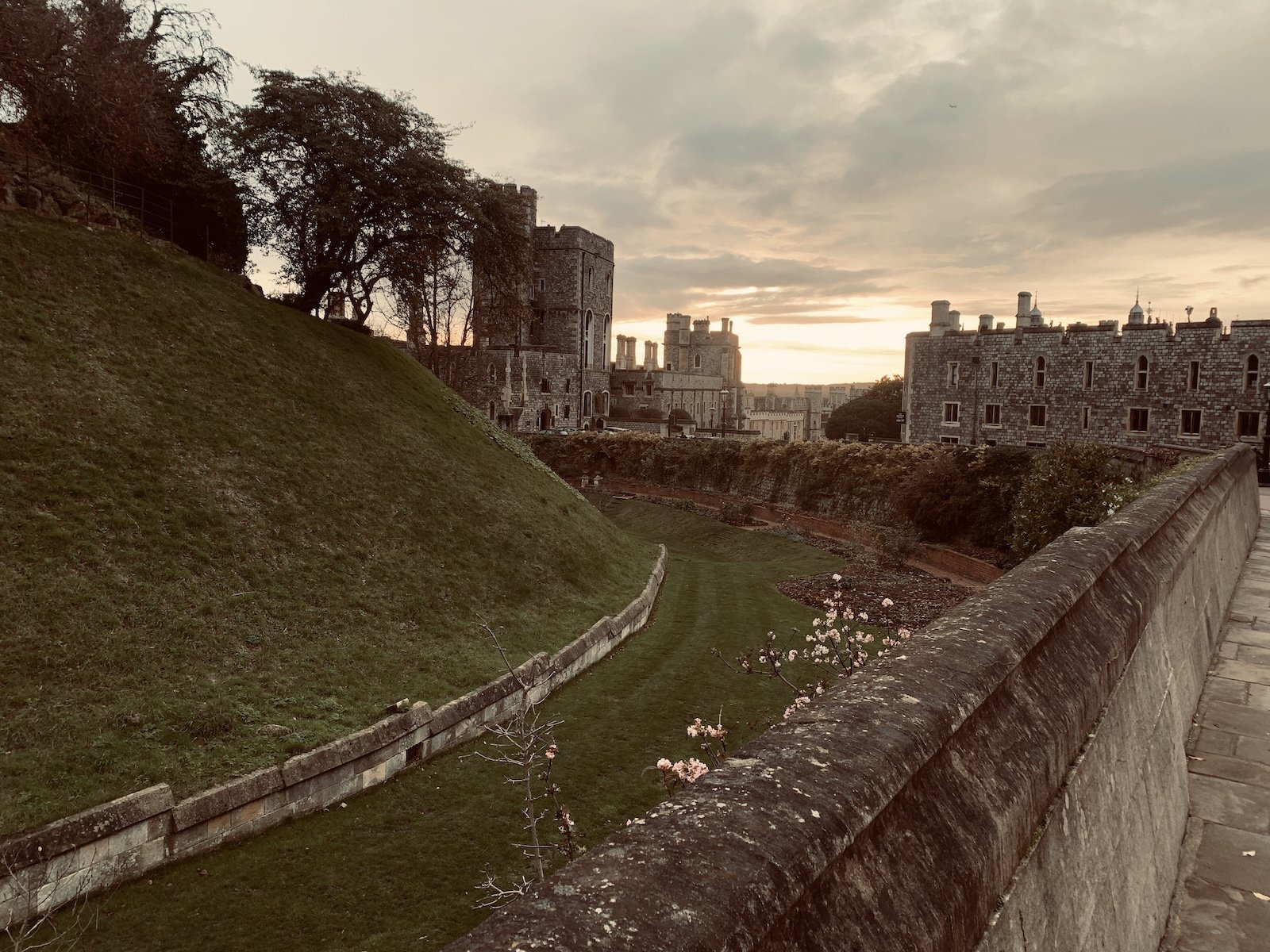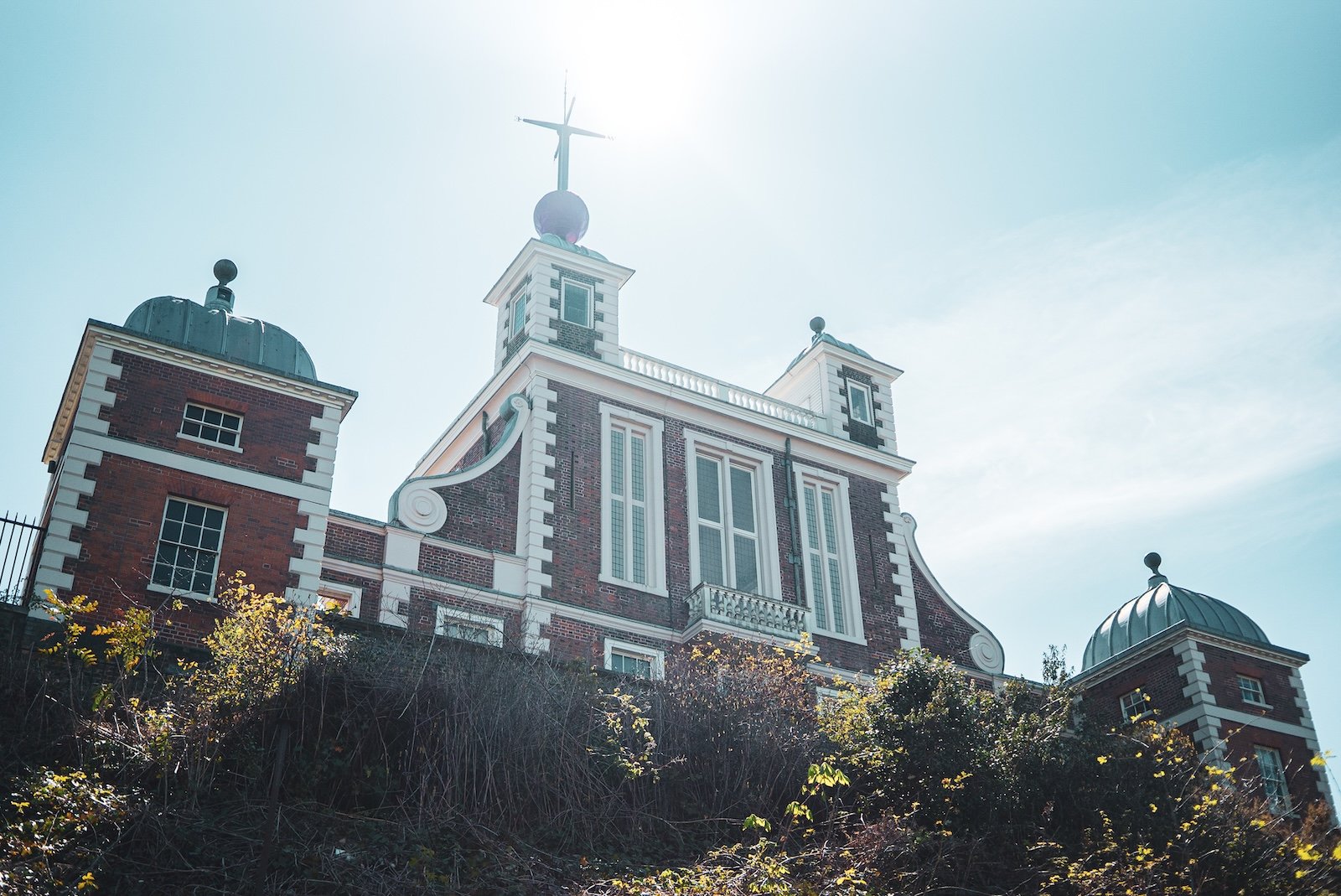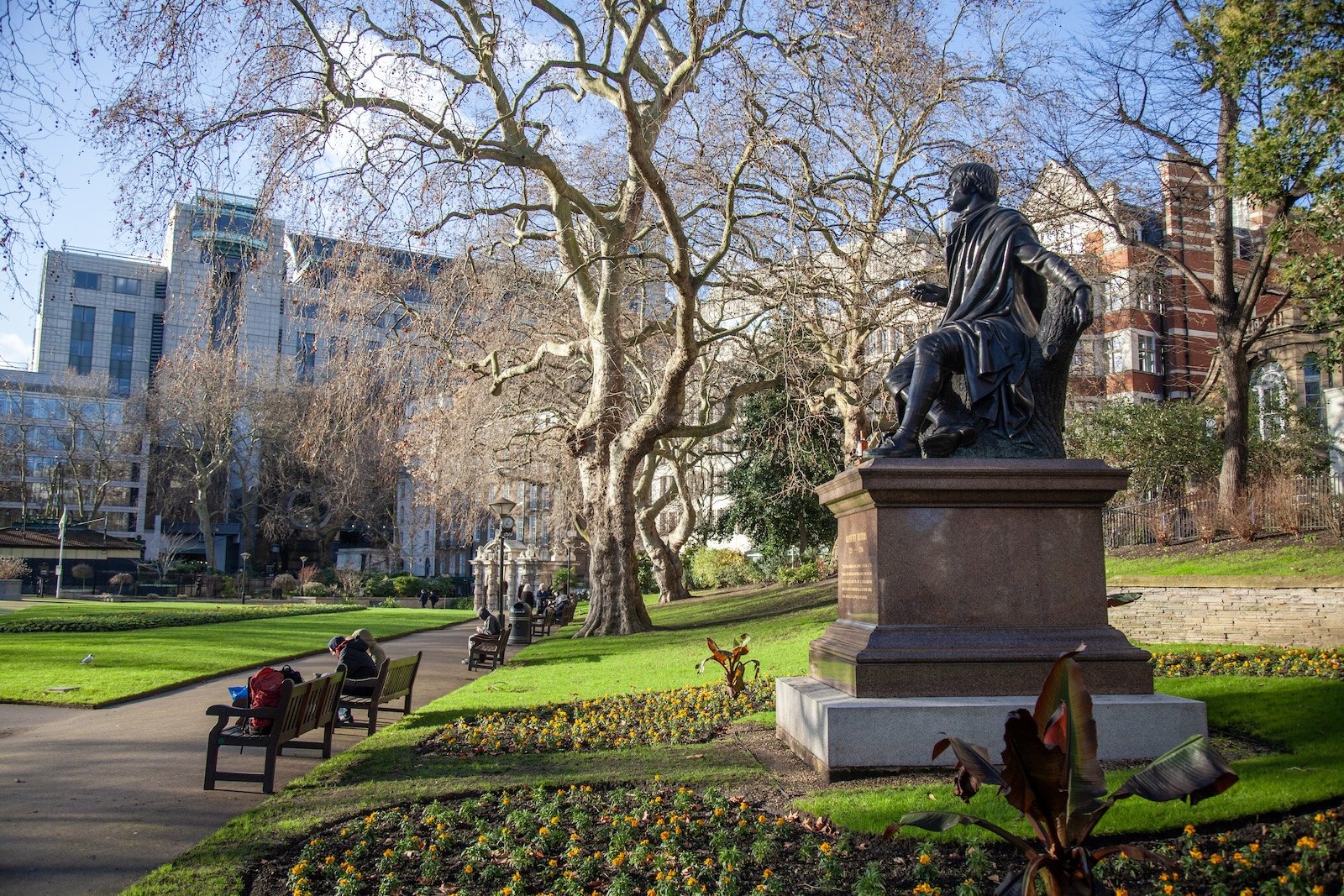Exploring the incredible Dover Castle
Dover Castle, located in Kent, England, is one of the most iconic and historically significant castles in the UK.
© Images by Hiatus.Design
Often referred to as the "Key to England," its strategic position atop the White Cliffs of Dover has made it a focal point of defence and power for over 2,000 years. Overlooking the shortest sea crossing between England and continental Europe, Dover Castle has played a crucial role in the nation’s military history, from the Roman era through both World Wars.
The site’s history begins with the Iron Age, when the hilltop was first fortified. The Romans later established a lighthouse on the grounds, remnants of which still stand today.
The castle as we recognise it was largely built during the reign of Henry II in the 12th century, making it one of the most impressive examples of Norman military architecture. Henry’s Great Tower, the central keep, was designed not only as a defensive stronghold but also as a luxurious palace, symbolising royal authority and dominance.
The castle saw significant action during the Siege of 1216 when it withstood an attack by the French in the midst of a civil war. Over subsequent centuries, Dover Castle was continually updated to adapt to changing military technologies. In the Tudor period, it was reinforced to guard against potential invasions by Spain.
During the Napoleonic Wars, underground tunnels were built beneath the castle to serve as barracks for soldiers. These tunnels later gained fame during World War II, when they were repurposed as a command centre and underground hospital. The tunnels played a pivotal role in the evacuation of Dunkirk in 1940, codenamed Operation Dynamo, where British and Allied troops were successfully rescued from advancing German forces.
Today, the tunnels are one of the castle’s most popular attractions, offering visitors a fascinating glimpse into wartime Britain. Alongside the tunnels, visitors can explore the Great Tower, which has been meticulously restored to reflect its medieval grandeur, complete with interactive exhibits and costumed guides. Other highlights include the Roman lighthouse, the medieval church of St. Mary in Castro, and the battlements that offer stunning views across the English Channel.
You might also like:














